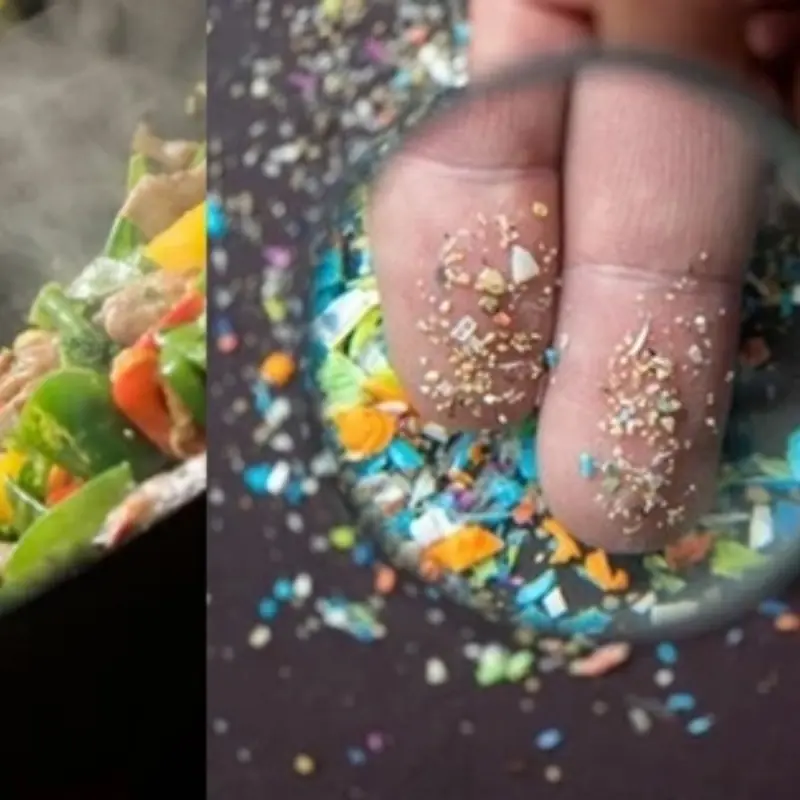
8 Underlying Causes of nip.ple Pain and How to Treat It
8 Underlying Causes of nip.ple Pain and How to Treat It
There are many causes of nip.ple pain—some simple and others that may indicate serious underlying conditions that need attention.
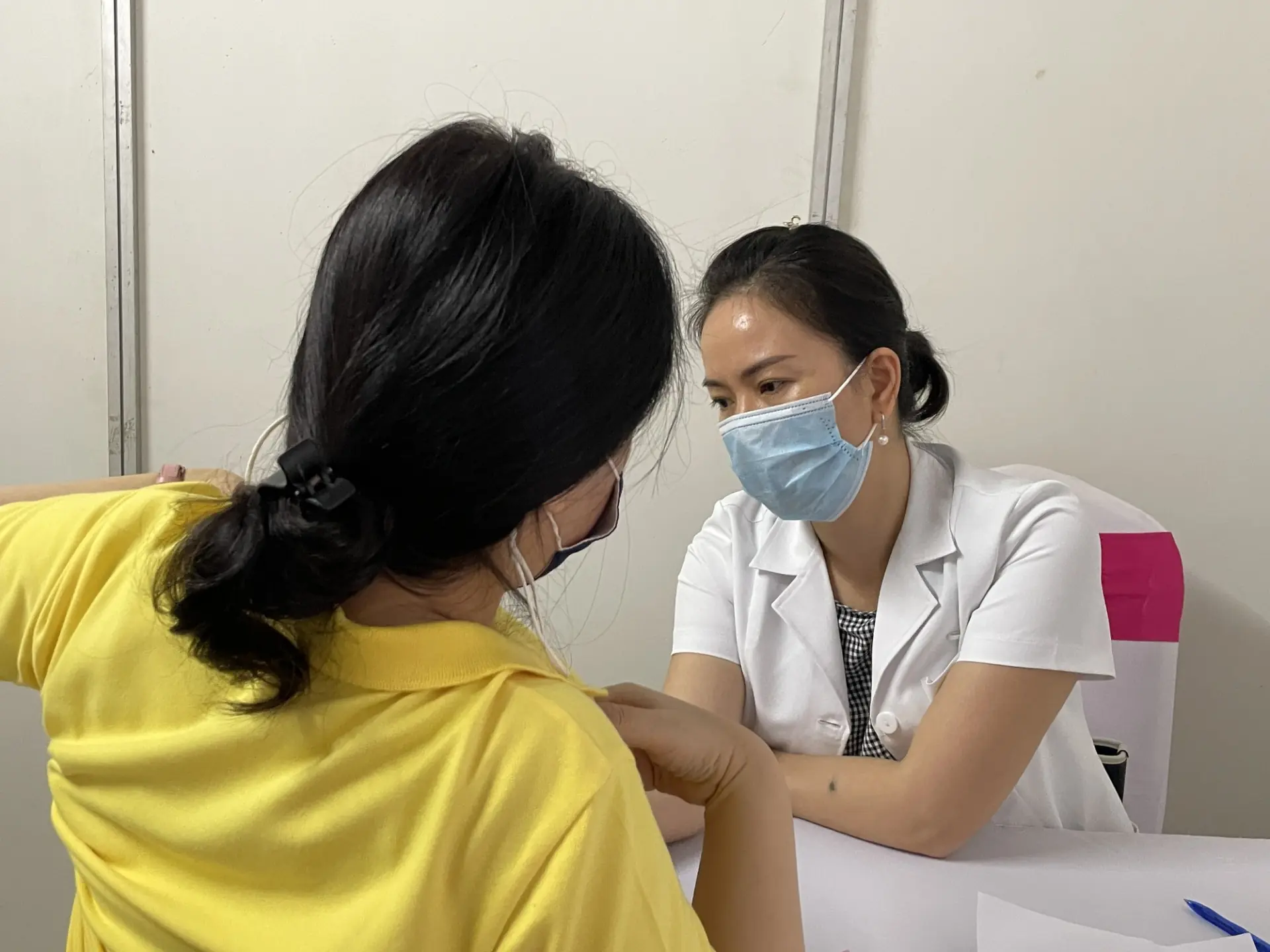
nip.ple pain is a symptom that varies from person to person. Some individuals may experience tenderness and sensitivity, while others feel sharp pain or pain accompanied by itching.
1. Causes of nip.ple Pain
Friction
Friction is the most common reason for nip.ple pain. It can occur when the nip.ples rub against an ill-fitting shirt or bra during sports or physical activities. This friction often results in pain, sharp discomfort, or even bleeding.
Infection
nip.ples that have been damaged by friction, allergic reactions, or that are cracked or bleeding are at risk of infection. Breastfeeding can also increase this risk.
-
nip.ple Thrush:
nip.ple thrush is a fungal infection caused by Candida albicans. It can result from damage to the surrounding tissue, recent antibiotic use, or a history of fungal infections. nip.ple thrush typically causes a burning, sharp pain that does not subside even when friction is reduced. The nip.ples may appear bright pink, with the areola slightly red or peeling. Breastfeeding women might experience sharp, burning pain immediately after feeding. Infants can also show signs of infection (oral thrush). -
Mastitis:
Mastitis can occur during pregnancy if milk becomes trapped in one of the milk ducts. Bacteria can begin to multiply in the ducts and spread, leading to swelling, redness, and pain in the nip.ple. Mastitis must be treated with antibiotics due to the risk of abscess formation. Anyone experiencing the following symptoms along with nip.ple and breast pain should consult a doctor:-
Fever or chills
-
A warm sensation in the breast when touched
-
Red skin on the breast and nip.ple
-
Unusually swollen breasts
-
Allergic Reaction or Allergic Dermatitis
Pain and irritation accompanied by peeling, scaling, or blistering skin are signs of an allergic reaction or allergic dermatitis (eczema). Many household products can irritate the nip.ples or trigger existing skin conditions, such as:
-
Moisturizers
-
Laundry detergents
-
Soaps
-
Shaving creams
-
Fabric softeners
-
Perfumes
-
Clothing fabrics
Other signs of an allergic reaction include red or cracked skin around the nip.ple and areola, along with persistent itching. In some cases, a rash may also develop.
Sexual Contact
Sexual activity is another cause of nip.ple pain. Friction from physical contact or sexual activities involving the nip.ples can lead to pain. This pain is usually temporary and typically resolves with time, allowing the nip.ples to heal.
Hormonal Changes
Normal hormonal fluctuations during a woman's menstrual cycle can also cause nip.ple and breast pain. These symptoms often occur in the days leading up to menstruation when elevated levels of estrogen and progesterone draw more fluids into the breasts, causing swelling. The pain usually subsides once menstruation begins; however, if it persists for more than a few days, a medical consultation is advised.
Cancer and Paget's Disease
Some instances of nip.ple pain and accompanying symptoms may be indicative of serious conditions like cancer, even though tumors themselves are usually not painful. nip.ple pain related to cancer typically affects only one breast and nip.ple.
-
Paget's Disease:
Paget's disease is a rare form of cancer involving the nip.ple, often occurring alongside tumors in the same breast. Symptoms may include:-
Flattened or inverted nip.ples
-
Yellow or bloody discharge from the nip.ple
-
Itching or tingling sensations
-
Red, peeling, scaly, or flaky skin around the nip.ple and areola
-
Paget's disease and breast cancer are diagnosed through cellular examination. Although Paget's disease is very rare, anyone unsure about their symptoms should consult a doctor.
nip.ple Pain During Pregnancy
nip.ple or breast pain can occur during pregnancy. The breasts may become larger and more tender, and the nip.ples and areolas often darken and become painful. In some cases, small bumps may appear around the nip.ples.
nip.ple Pain During Breastfeeding
Breastfeeding is a common cause of nip.ple pain in women, primarily due to the infant’s latch technique. If the baby does not latch deeply enough, the nip.ple repeatedly rubs against the gums and hard palate. Ideally, the baby should latch deeply, with the nip.ple positioned toward the back of the throat.
-
If using a breast pump, nip.ple pain may also occur due to excessive suction. Adjusting the pump to a more comfortable setting can help alleviate the discomfort.
-
The onset of teething in infants is another potential cause, as babies may frequently change their latch or even bite the nip.ple. If a baby latches too forcefully between the gums and palate, this can restrict blood flow to the nip.ple, resulting in vasospasm—a condition that causes pain and turns the nip.ple white, then red, and eventually purple.
2. Treatment for nip.ple Pain
-
Prevent Friction:
Prevent nip.ple pain from friction by wearing a well-fitting bra made of smooth synthetic fabrics or using protective products such as anti-chafing pads, nip.ple shields, or, in some cases, surgical intervention. Certain creams, ointments, or moisturizers may also help reduce friction. -
Lactation Consultation:
Breastfeeding women are encouraged to seek evaluation and advice from lactation consultants to help their infants develop proper feeding habits. -
Topical Treatments:
Topical anti-inflammatory creams can be used to treat mild cases of nip.ple eczema. However, if nip.ple pain is accompanied by worsening or widespread rashes or redness that do not respond to over-the-counter treatments, consult a doctor. -
Pain Relief for Hormonal-Related Pain:
nip.ple pain due to hormonal changes during menstruation or pregnancy typically responds well to warm compresses or pain relievers such as ibuprofen (Advil) or acetaminophen (Tylenol). -
Cancer Treatments:
Breast cancer is usually treated with surgery, radiation, and chemotherapy. Treatment for mild cases of Paget's disease often involves removing the nip.ple along with radiotherapy to the affected area. In some cases, the entire breast tissue may need to be removed.
By understanding the various causes and treatments for nip.ple pain, you can better address the symptoms and seek the appropriate care. If you have concerns about nip.ple pain, it’s important to consult a healthcare professional for an accurate diagnosis and treatment plan.
News in the same category

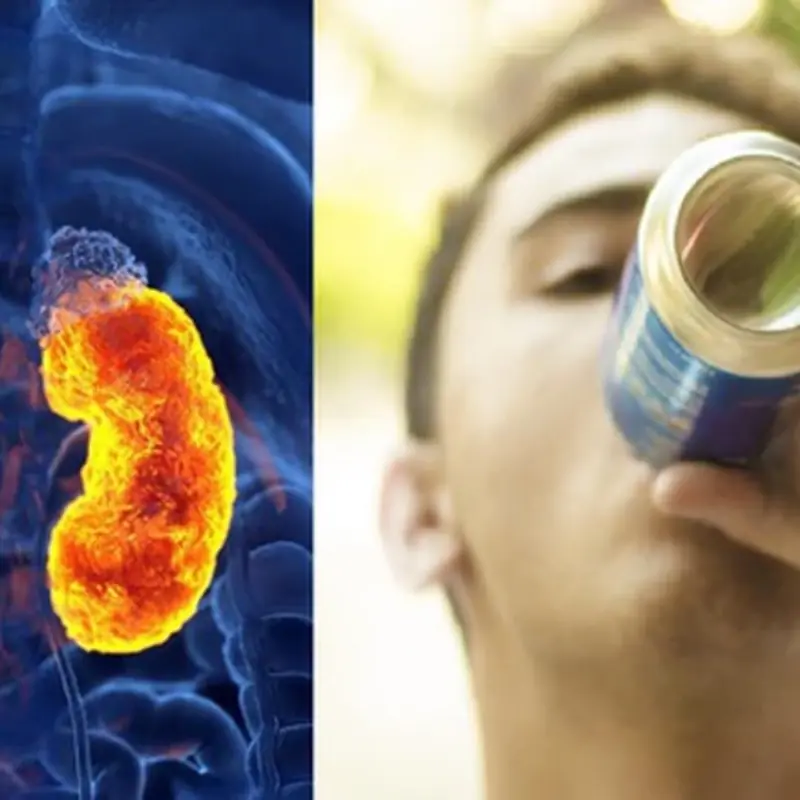
The U.S. Lists 5 'Enemies' of the Kidneys and Urges People to Avoid Them
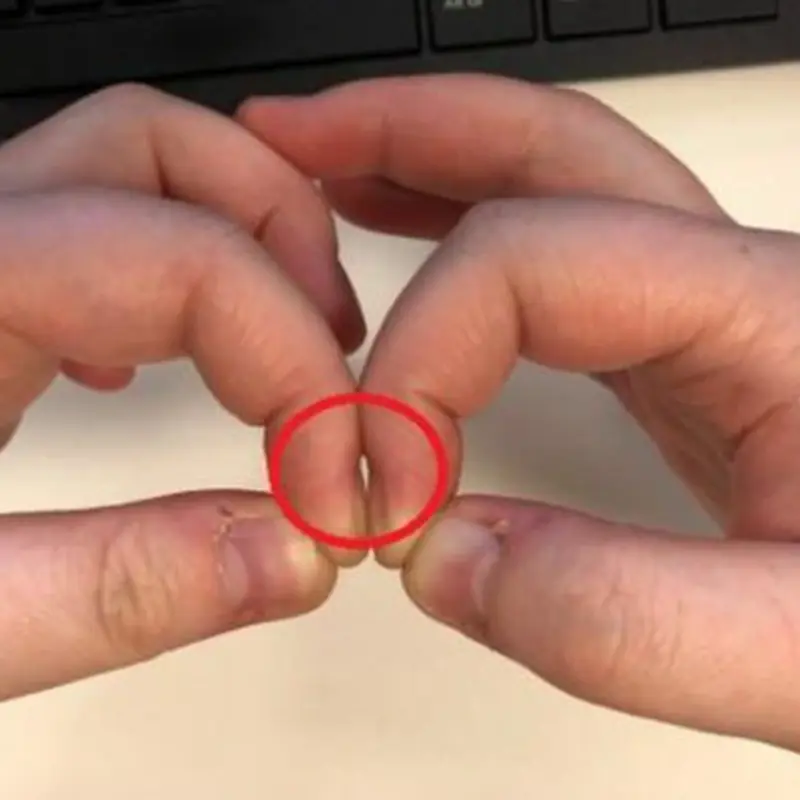
With Just a Small Action of Pressing Two Fingertips Together

A type of fish that Japanese experts recommend eating to prevent high cholesterol, high blo.od pressure, and diabetes

Feeling Weird? Why It Happens & How to Cope
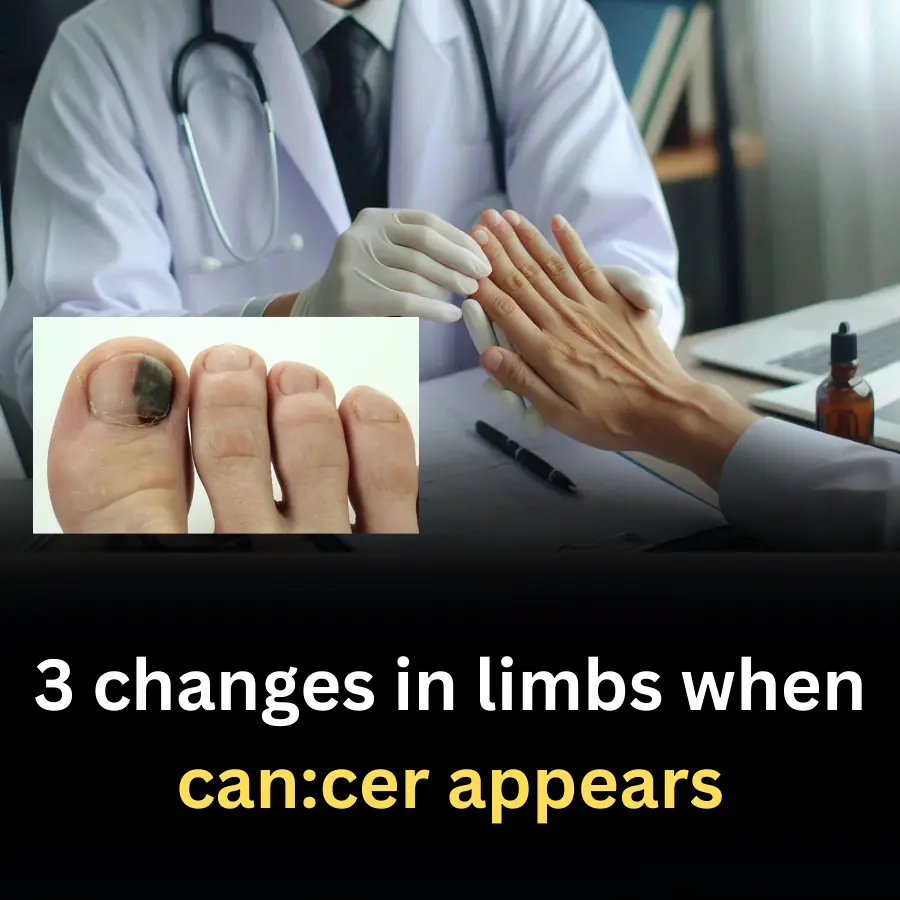
3 changes in limbs when can:cer appears
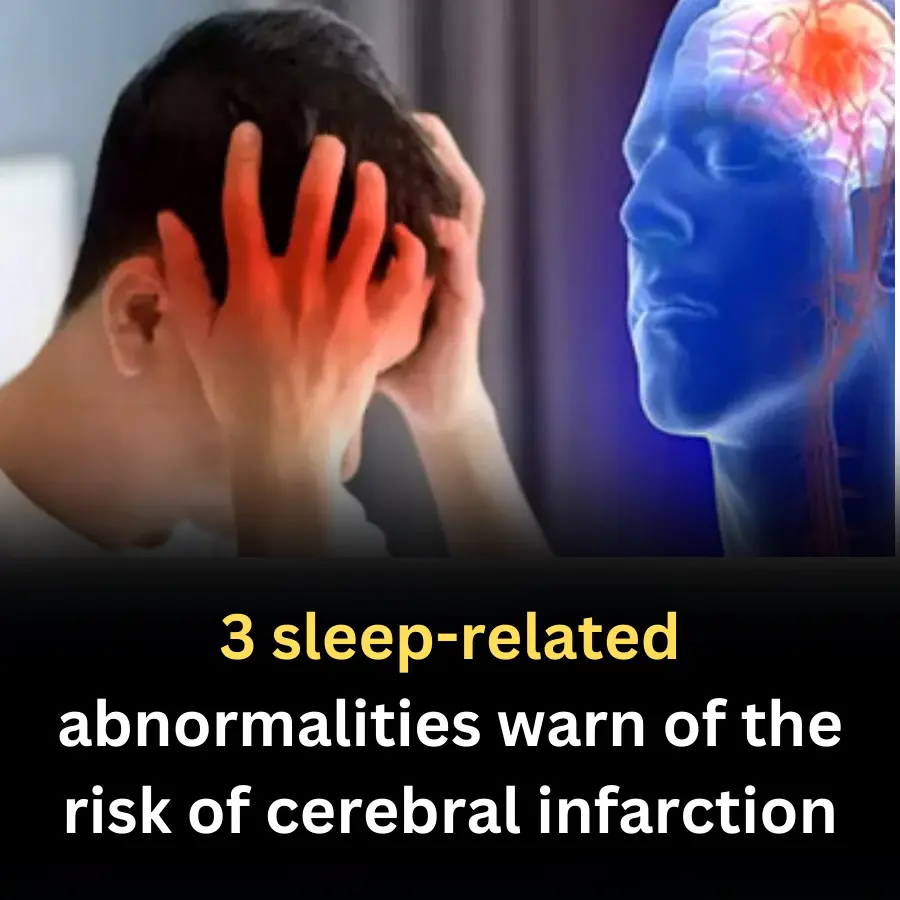
3 sleep-related abnormalities warn of the risk of cerebral infarction

Sweet potatoes are good in every way, but there are 2 times when you should not eat them
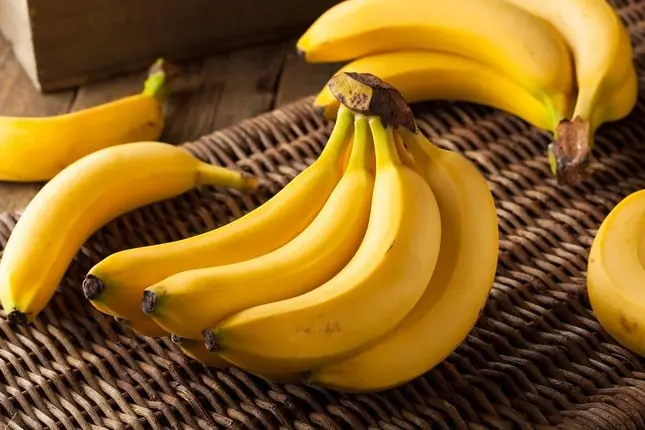
2 times you should absolutely not eat bananas
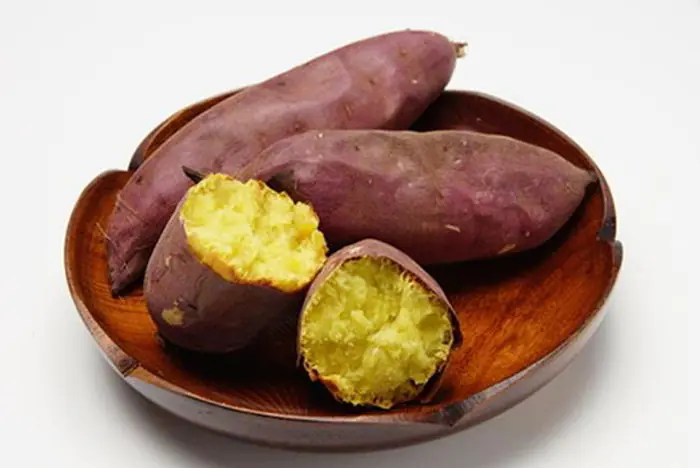
The surprising benefits of eating boiled sweet potatoes for breakfast
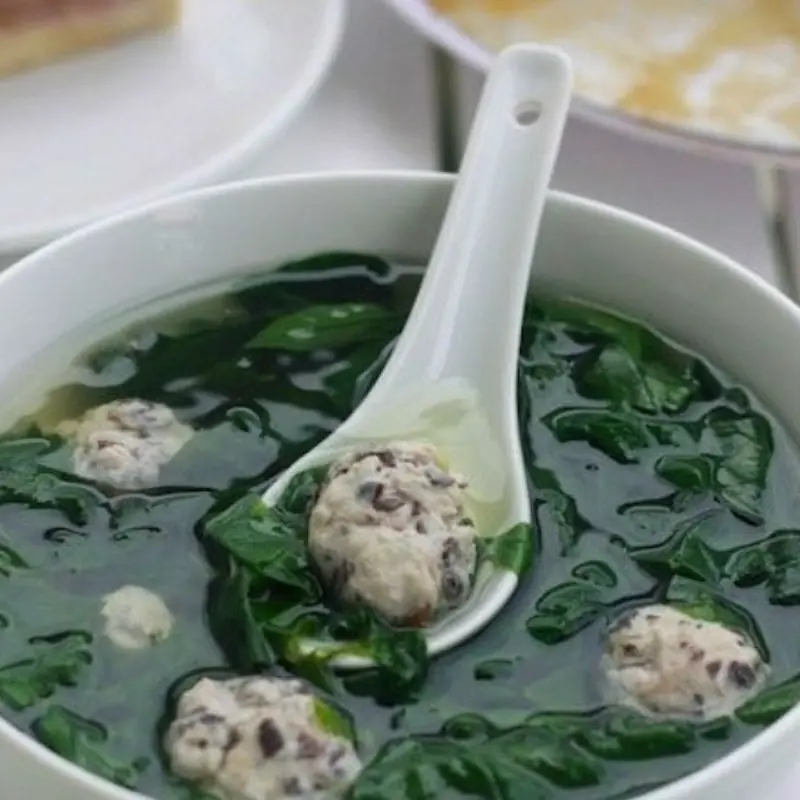
Buy it immediately
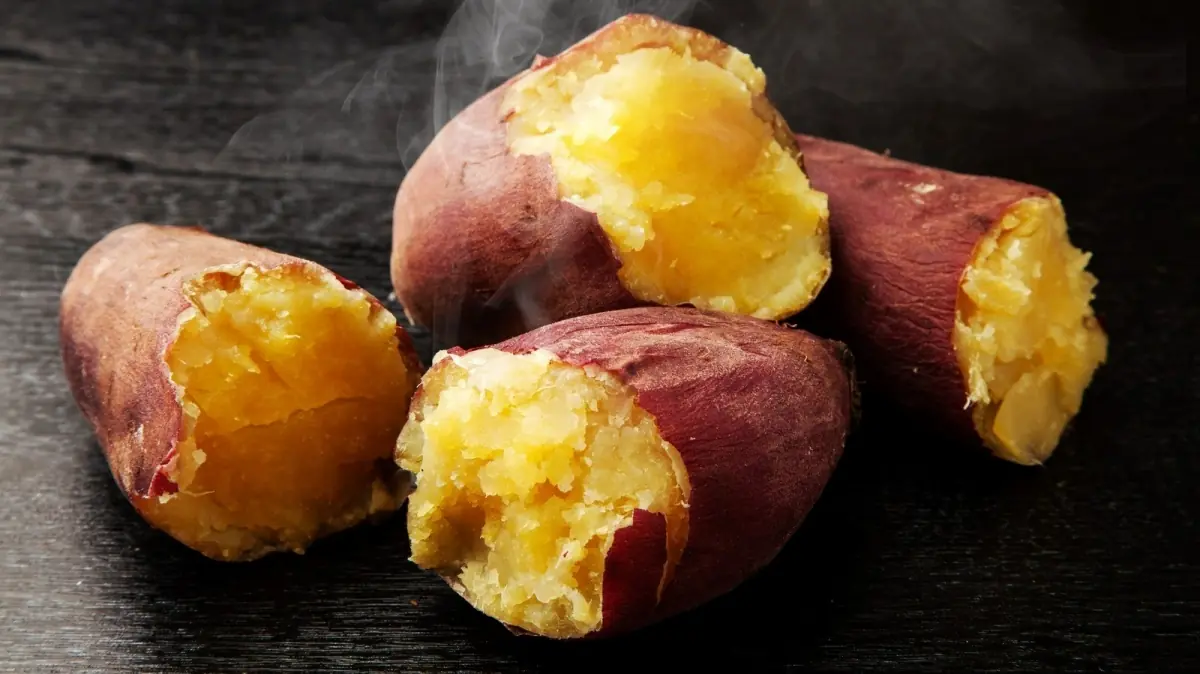
Sweet potatoes are great for your health, but there are some special precautions to keep in mind when eating them.
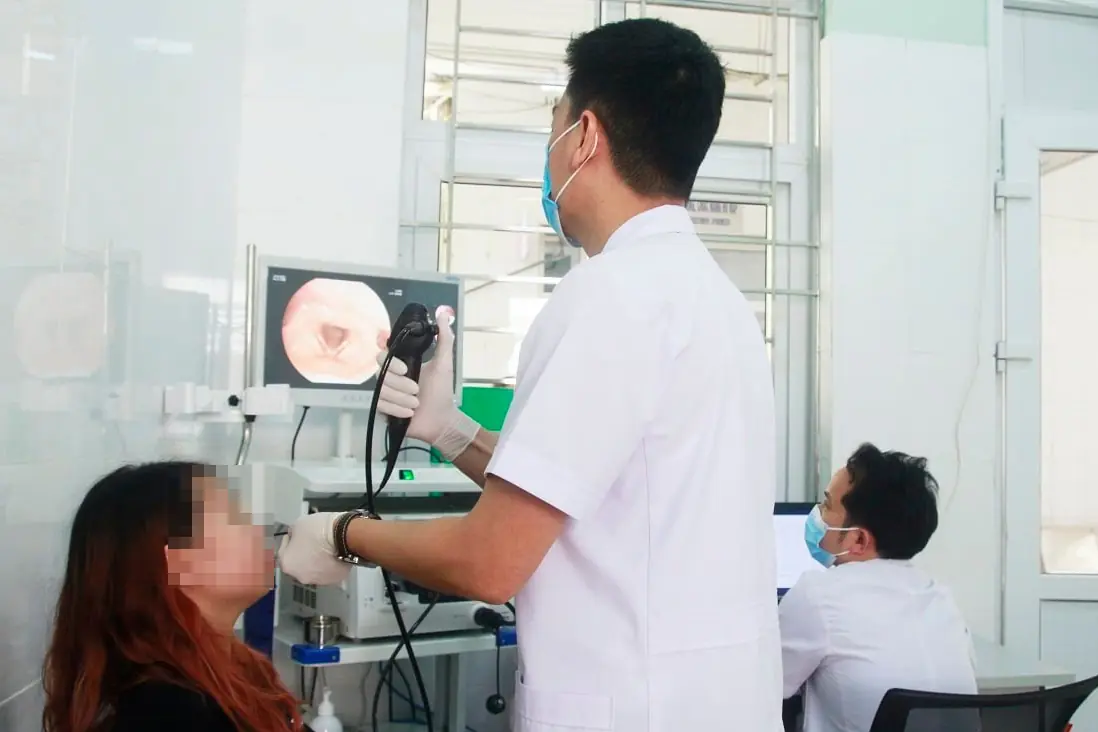
9 symptoms of nasopharyngeal can:cer are similar to the flu
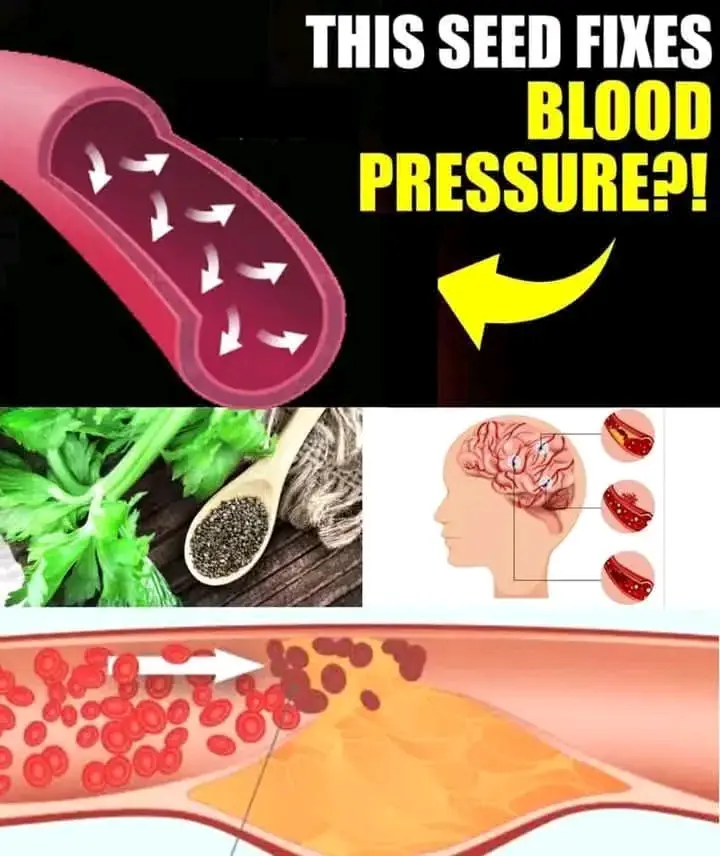
The Miracle Cure for BLOOD PRESSURE
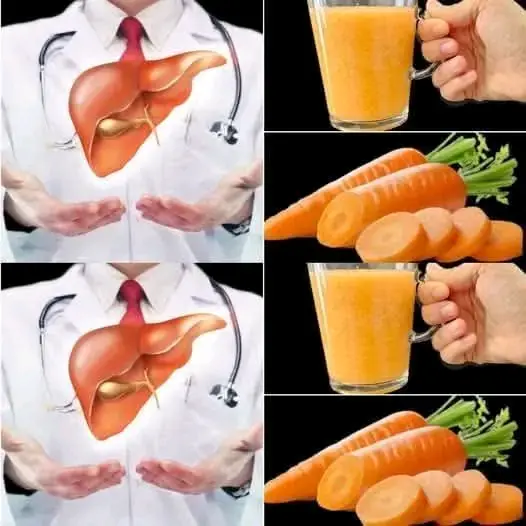
Carrots are known for their high content of vitamin A
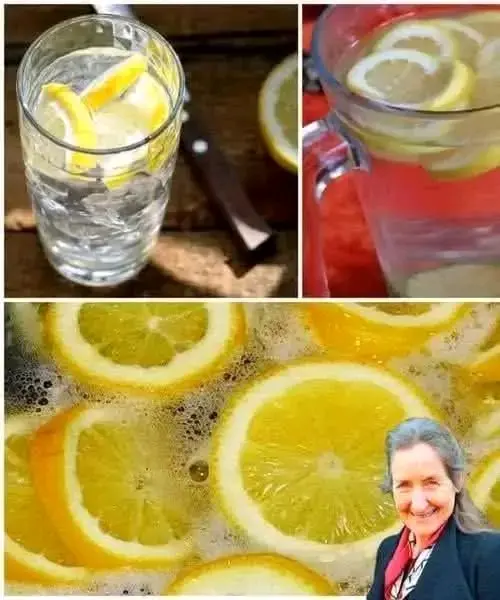
The REAL Reason to Drink Lemon Water Every Day
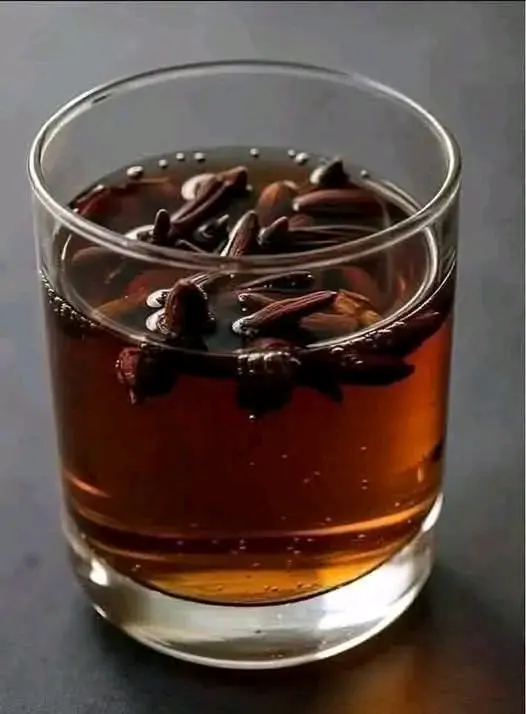
Health benefits of cloves

25 Self-Care Sunday Ideas to Try Out
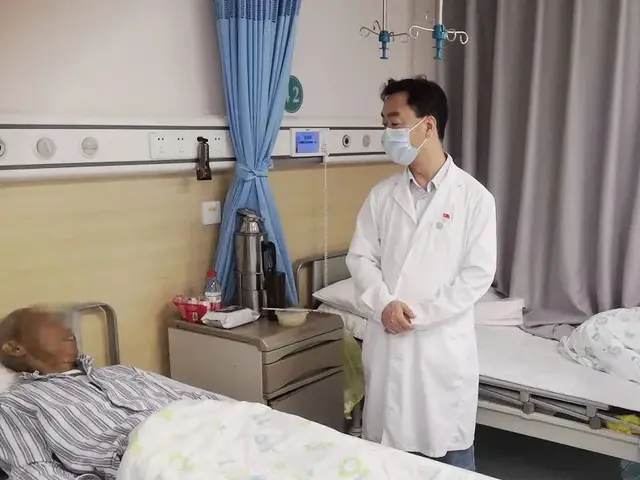
4 "Risky" Morning Habits That Damage Your Li.ver—90% of People Do Them Every Day!
News Post

When buying eggplants, should you choose curved or straight ones? Growers share 4 tips

Experts Advise Keeping These 3 Things in Mind When Eating It

The U.S. Lists 5 'Enemies' of the Kidneys and Urges People to Avoid Them
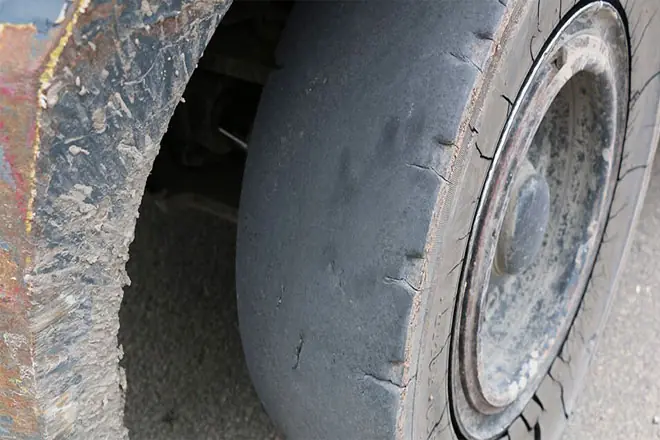
I just polished my wheels to make them perfectly smooth

With Just a Small Action of Pressing Two Fingertips Together
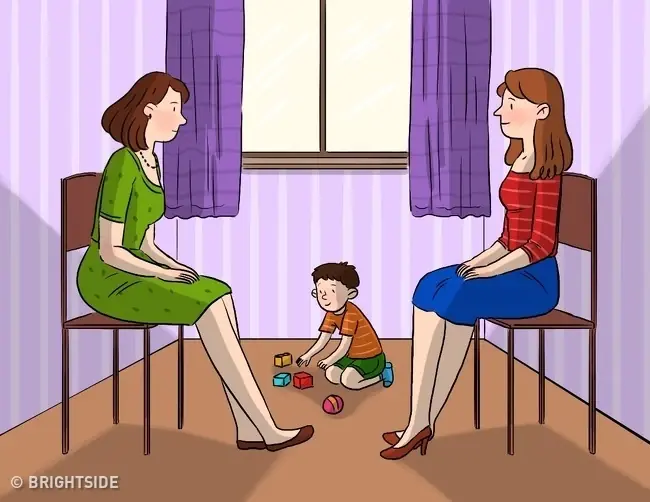
This is a tough question asked by the FBI

A type of fish that Japanese experts recommend eating to prevent high cholesterol, high blo.od pressure, and diabetes
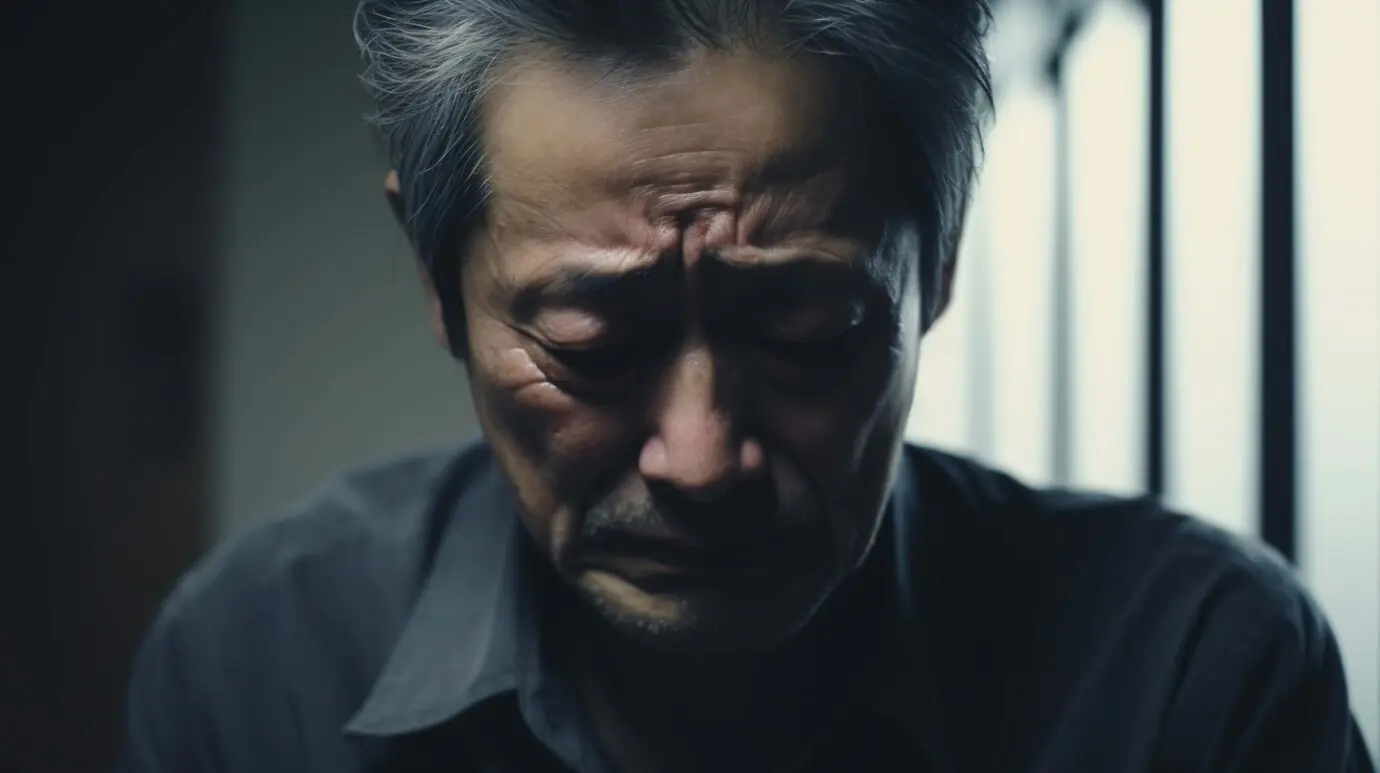
I could see my hands and feet trembling uncontrollably

5 surprising effects of eating bananas at night

3 changes in limbs when can:cer appears

3 sleep-related abnormalities warn of the risk of cerebral infarction

Sweet potatoes are good in every way, but there are 2 times when you should not eat them
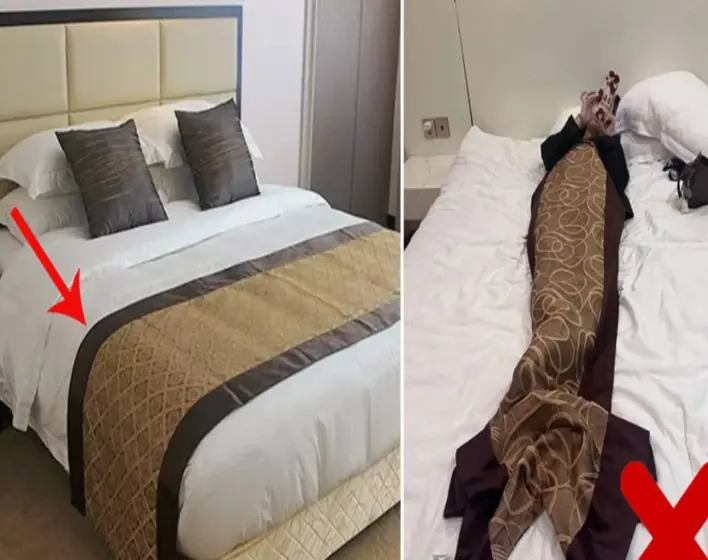
Why do hotels always have a cloth across the bed?

2 times you should absolutely not eat bananas

The surprising benefits of eating boiled sweet potatoes for breakfast
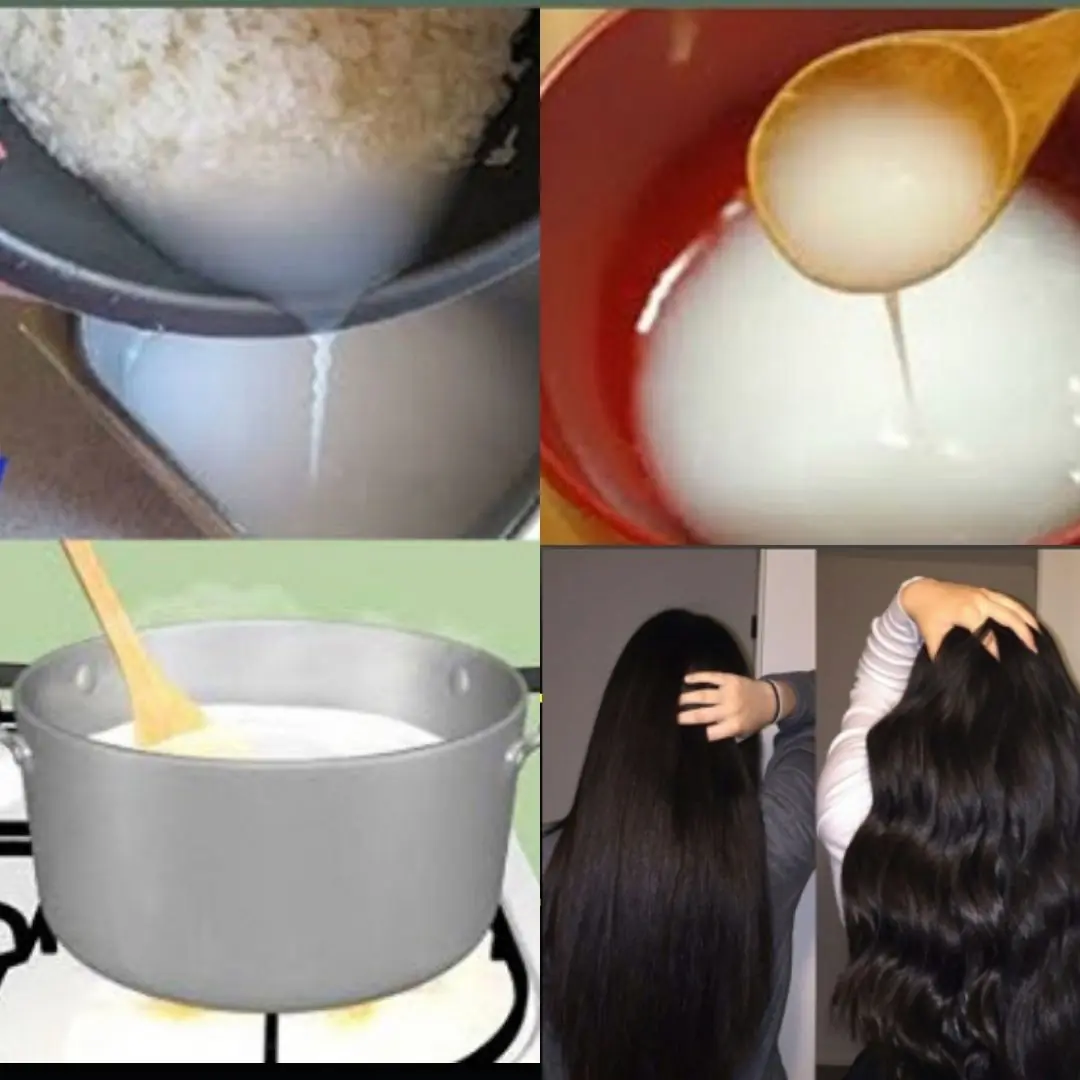
TIPS to stimulate hair growth with rice water effectively after only 1 month
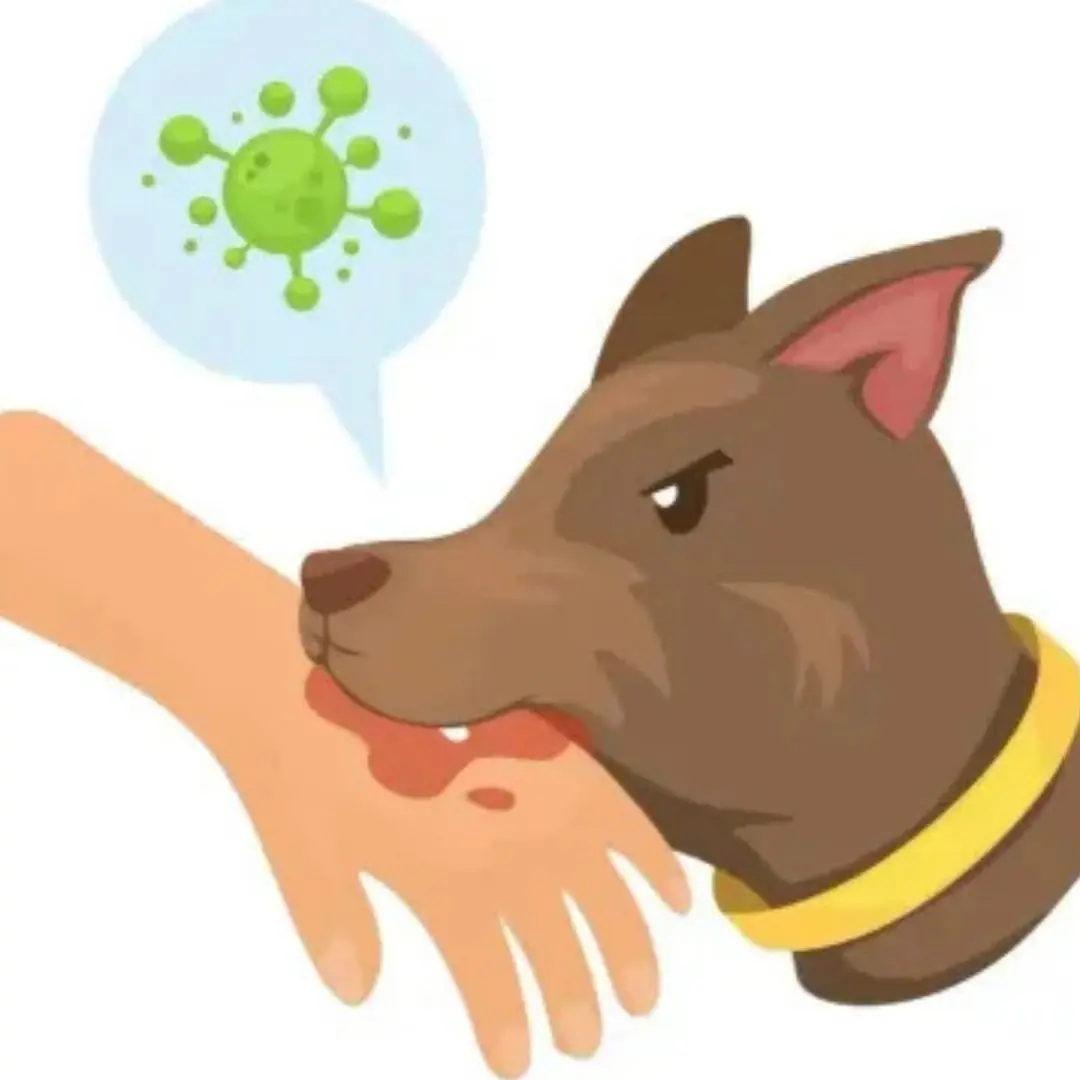
What to do if bit.te.n by a dog? 6 safe ways to handle and give first aid

Plants that should not be planted around the house because they attract snakes
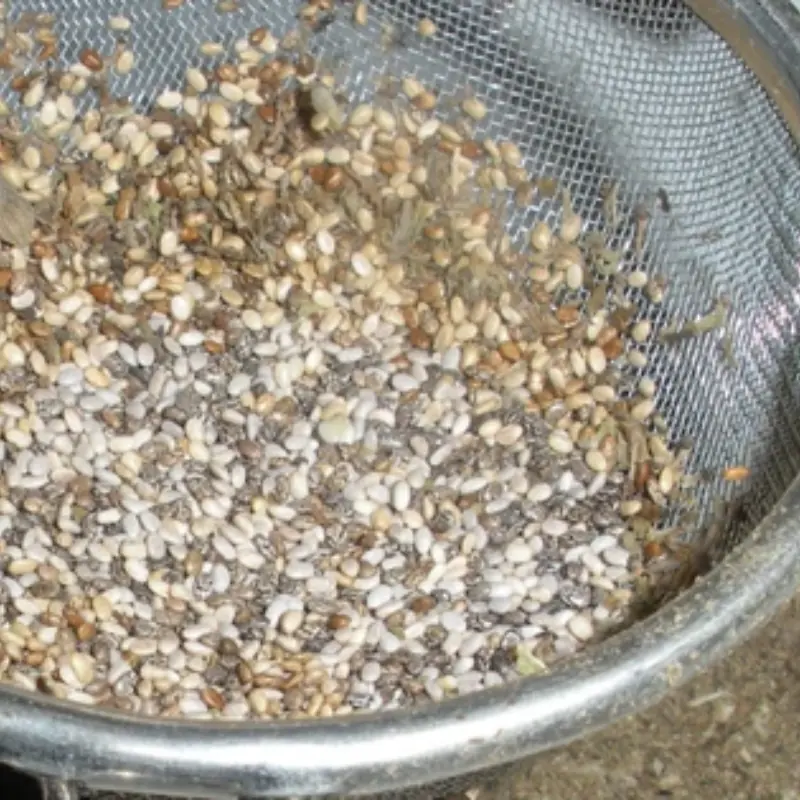
A Tiny Seed with Mighty Benefits
